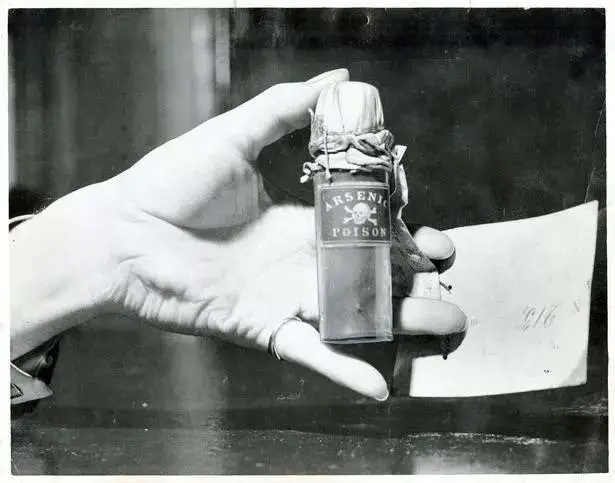Delve into the unsettling tale of the “Black Widows of Liverpool” – Catherine and Margaret Flannagan. Uncover their chilling story of arsenic, deception, and the haunting legacy they left on the city’s history.
In the annals of Liverpool’s history, a dark and chilling story emerges – the tale of Catherine and Margaret Flannagan, infamously known as the Black Widows of Liverpool. Their journey began in the late 1800s when they left their homeland of Ireland, setting foot in Liverpool with aspirations of becoming landladies. Little did the city know, their presence would be marked by a series of tragic events that would shroud them in notoriety.
Upon their arrival, the Flannagan sisters extended their hospitality to a diverse array of lodgers, inadvertently creating the backdrop for their sinister plans. Their modest abode saw the likes of John Flannagan, Catherine’s son, Thomas Higgins along with his young daughter Mary, and Patrick Jennings accompanied by his teenage daughter Margaret.

Despite the steady stream of lodgers, the sisters found themselves ensnared in the clutches of poverty. Fueled by desperation and their keen acumen, they uncovered the existence of burial societies within Liverpool’s confines – altruistic groups that operated as a form of life insurance, pooling funds to cover funeral expenses of deceased members. Recognizing an opportunity, they hatched a macabre scheme centered around these societies.
The inception of their nefarious spree was marked by the demise of Catherine’s own son, John. To the world, it appeared that a virulent illness had snatched away the vibrant 22-year-old, yet the reality was far more sinister. Concealed from prying eyes, Catherine had orchestrated her son’s demise, administering a fatal dose of arsenic. Swiftly, she claimed the insurance payout from the unsuspecting burial society.
As time wove its tapestry, Margaret Flannagan exchanged her name for Higgins, having married fellow lodger Thomas Higgins. Tragedy struck again when 8-year-old Mary Higgins succumbed to a mysterious ailment, mirroring the rapid fate that had befallen her housemate two years prior.
Once more, money exchanged hands with disconcerting celerity, raising eyebrows and kindling suspicions within the Liverpool community. The death toll escalated, claiming 16-year-old Margaret Jennings, another lodger residing under the sisters’ roof. With each untimely passing, the once-subdued suspicions transformed into resounding doubts.
The turning point emerged with the death of Thomas Higgins, Margaret’s husband. Within two days of an abrupt illness, Higgins met his demise, a demise attributed to alcoholism and dysentery. However, skepticism lingered, and it was Patrick Higgins, Thomas’ bereaved brother, who undertook the mantle of unveiling the truth. In pursuit of justice, he compelled a comprehensive autopsy, subsequently involving law enforcement.
The stage was set, and in a dramatic confrontation at a local Liverpool pub, the authorities confronted the Flannagan sisters. Catherine’s flight from the pub in her somber funeral attire signaled her guilt, and Margaret was apprehended, charged with her husband’s murder.
The examination of Thomas Higgins’ remains yielded a chilling revelation – traces of arsenic permeated his body. This revelation served as a catalyst for further investigations, exhuming the bodies of the sisters’ ill-fated lodgers. A pattern emerged – all three victims bore the deadly hallmark of arsenic poisoning.
The tide turned against Catherine when a former landlady recognized her from her past lodgings, a recognition that led to her apprehension. On that fateful day, October 16, 1883, the Flannagan sisters were formally charged with the murder of Thomas Higgins, a crime that bore the death penalty.
In a poignant culmination, the sisters faced the ultimate consequence for their malevolent deeds. United even in death, they were executed on March 3, 1884, their lives extinguished by the hangman’s noose. The legacy of the Black Widows of Liverpool was etched into the city’s history, a chilling reminder of the depths human malevolence can reach.
The Dark & Disturbing Case Of The Black Widows of Liverpool
As the pages of history turn, the tale of the Black Widows continues to captivate and horrify. Their story serves as a cautionary tale, a reminder of the darkness that can reside within seemingly ordinary lives. Liverpool’s past is fraught with both triumphs and tragedies, and the Flannagan sisters’ legacy stands as a somber testament to the complexities of human nature.
You can buy >> Black Widows of Liverpool: The Liverpool Syndicate
You might also read:


